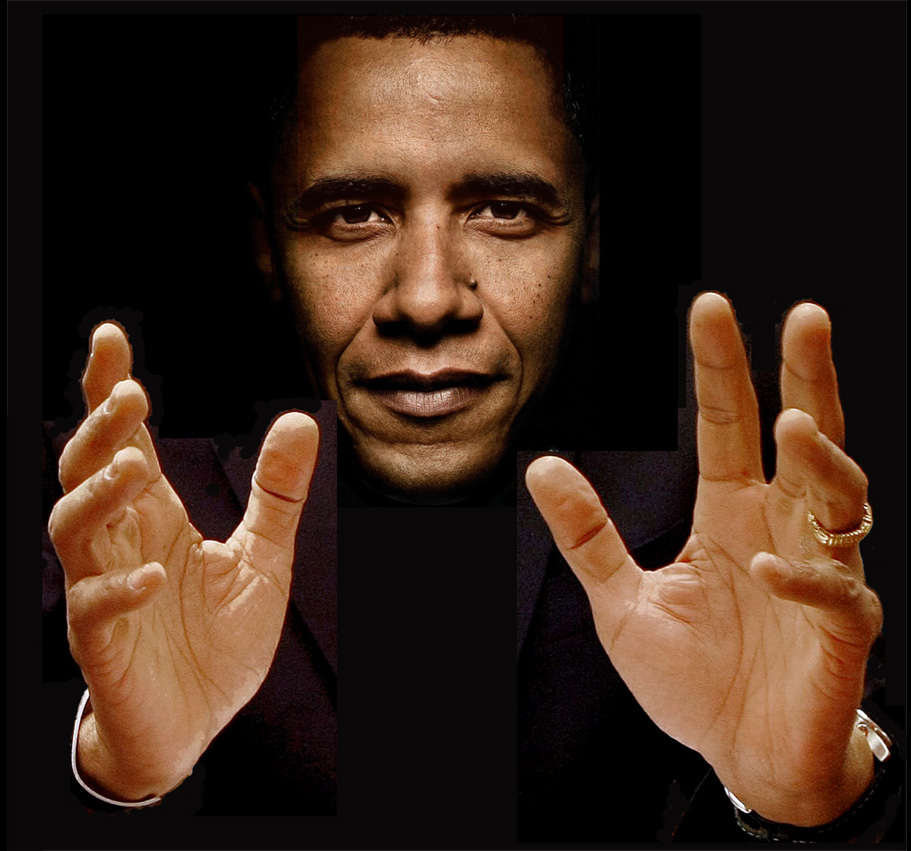The world's first 3D-printed handgun has been successfully fired in Texas, according to its creator Defense Distributed.
All 16 parts of the controversial gun, called the Liberator, are made from a tough, heat-resistant plastic used in products such as musical instruments, kitchen appliances and vehicle bumper bars.
Fifteen of those are made with a 3D printer while one is a non-functional metal part which can be picked up by metal detectors, making it legal under U.S. law.
'I recognize that this tool might be used to harm people ... But I don’t think that’s a reason to not put it out there.'
- Defense Distributed's Cody Wilson
The weapon is designed to fire standard handgun rounds and even features an interchangeable barrel so that it can handle different caliber rounds.
The blueprint files are expected to be available online today for download.
Defense Distributed, a not-for-profit group based in Texas, was founded by 25-year-old University of Texas law study Cody Wilson, who took eight months to create the gun.
Wilson, who test fired the gun himself, said the goal with the Liberator is to highlight how technology can render laws and governments all but irrelevant.
He told Forbes: "I recognize that this tool might be used to harm people. That’s what it is -- it’s a gun. But I don’t think that’s a reason to not put it out there. I think that liberty in the end is a better interest."
His efforts to publish the printable blueprints online have sparked outrage in the U.S.
"Once the file is online, anyone will be able to download and print the gun in the privacy of their garage, legally or not, with no serial number, background check, or other regulatory hurdles," A Forbes article wrote.
New York congressman Steve Israel has already called for national legislation to ban 3D-printed guns.
In a statement last week he said: "Security checkpoints, background checks, and gun regulations will do little good if criminals can print plastic firearms at home and bring those firearms through metal detectors with no one the wiser.
"When I started talking about the issue of plastic firearms months ago, I was told the idea of a plastic gun is science-fiction.
"Now that this technology is proven, we need to act now to extend the ban on plastic firearms."
All 16 parts of the controversial gun, called the Liberator, are made from a tough, heat-resistant plastic used in products such as musical instruments, kitchen appliances and vehicle bumper bars.
Fifteen of those are made with a 3D printer while one is a non-functional metal part which can be picked up by metal detectors, making it legal under U.S. law.
'I recognize that this tool might be used to harm people ... But I don’t think that’s a reason to not put it out there.'
- Defense Distributed's Cody Wilson
The weapon is designed to fire standard handgun rounds and even features an interchangeable barrel so that it can handle different caliber rounds.
The blueprint files are expected to be available online today for download.
Defense Distributed, a not-for-profit group based in Texas, was founded by 25-year-old University of Texas law study Cody Wilson, who took eight months to create the gun.
Wilson, who test fired the gun himself, said the goal with the Liberator is to highlight how technology can render laws and governments all but irrelevant.
He told Forbes: "I recognize that this tool might be used to harm people. That’s what it is -- it’s a gun. But I don’t think that’s a reason to not put it out there. I think that liberty in the end is a better interest."
His efforts to publish the printable blueprints online have sparked outrage in the U.S.
"Once the file is online, anyone will be able to download and print the gun in the privacy of their garage, legally or not, with no serial number, background check, or other regulatory hurdles," A Forbes article wrote.
New York congressman Steve Israel has already called for national legislation to ban 3D-printed guns.
In a statement last week he said: "Security checkpoints, background checks, and gun regulations will do little good if criminals can print plastic firearms at home and bring those firearms through metal detectors with no one the wiser.
"When I started talking about the issue of plastic firearms months ago, I was told the idea of a plastic gun is science-fiction.
"Now that this technology is proven, we need to act now to extend the ban on plastic firearms."




Comment